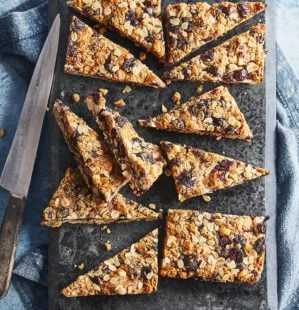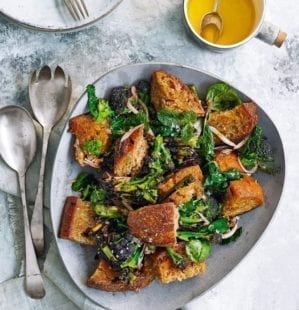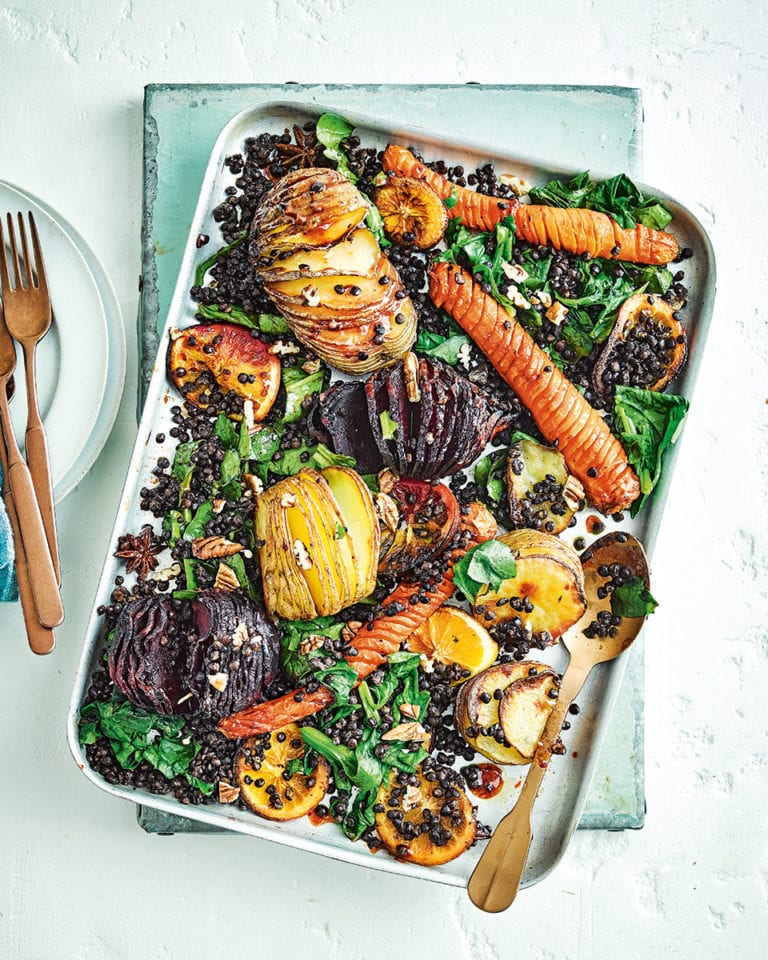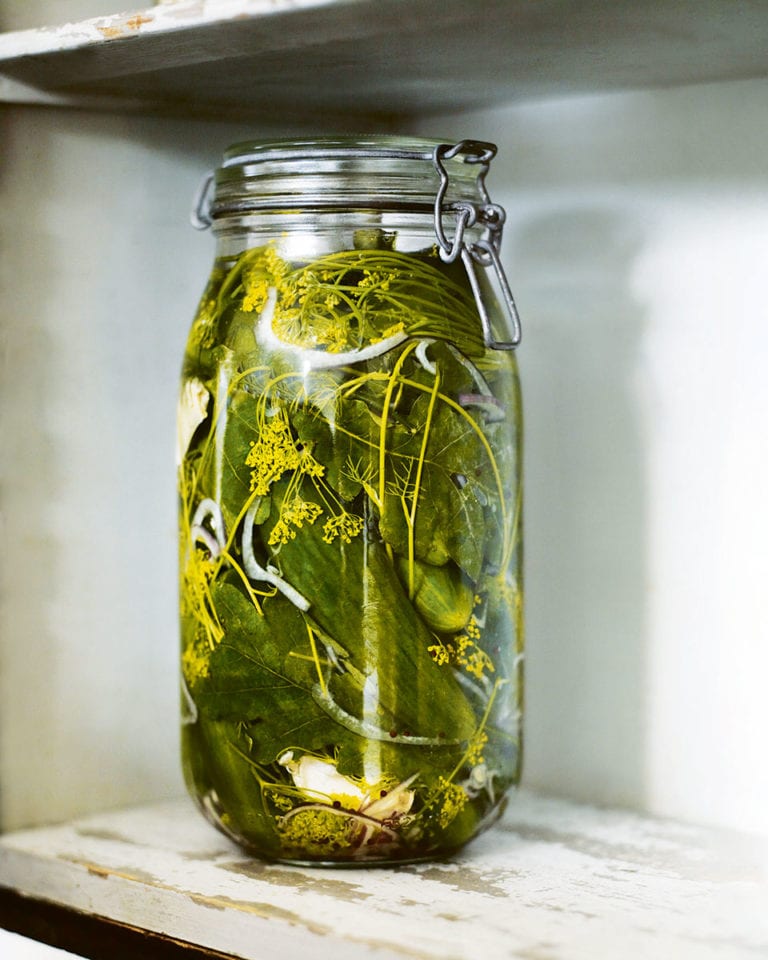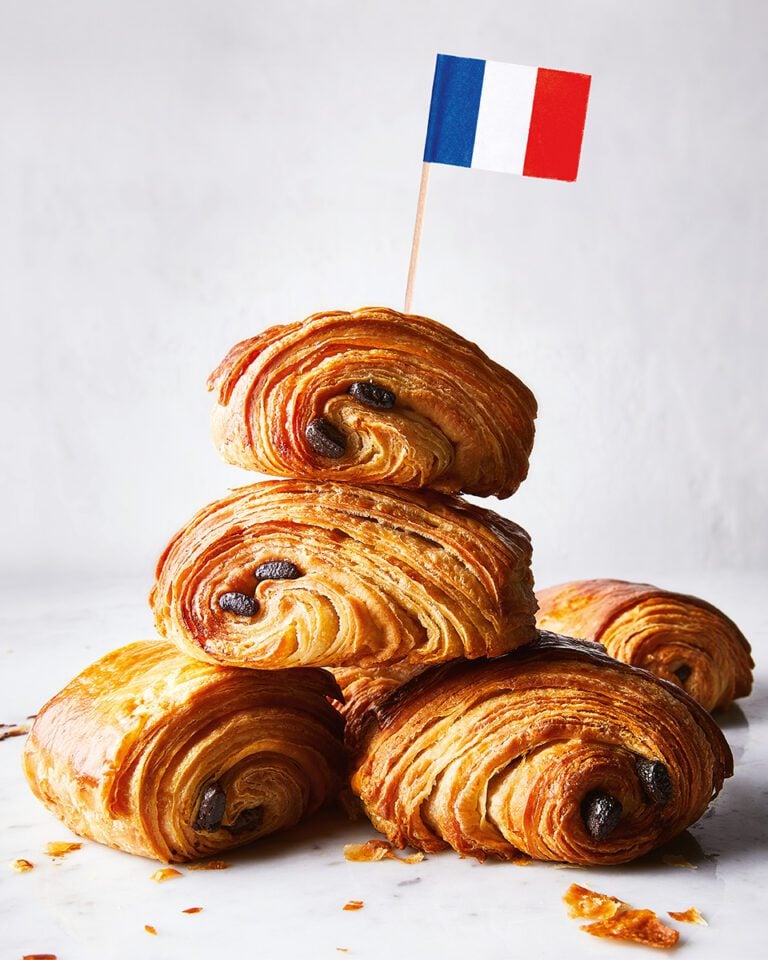What do nutritionists put in their shopping baskets?
With so much health advice bandied about in tabloid headlines and from often dubious sources on social media, it can be tricky to navigate a path to an all things-in-moderation healthy diet. To help, Sue Quinn asked five leading nutritionists how they eat, and what they always put in their shopping baskets… Here are their top five picks.
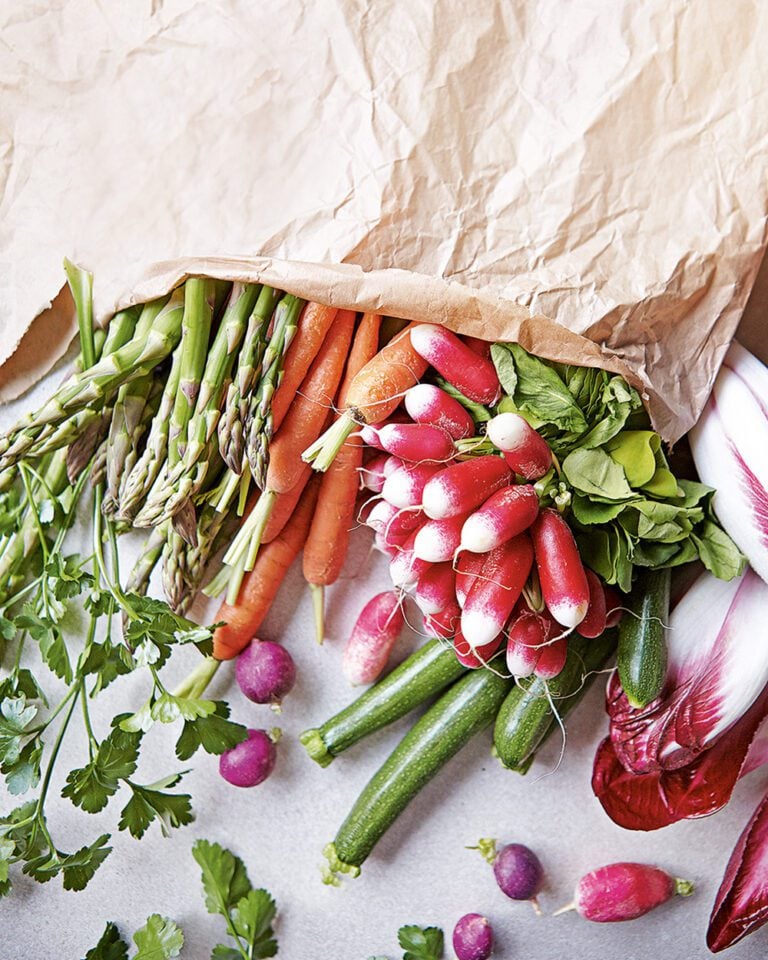
We all try our best to make at least some healthy choices when we do our grocery shopping. Perhaps you steer your trolley to the fruit and veg first, or stick to the outside aisles, where all the fresh stuff is kept. Some people avoid food shopping when they’re hungry, to reduce the risk of sneaking impulse snacks into their basket. But even nutrition experts admit that choosing healthy food can be a challenge.
Every day, new headlines catch our eye claiming this or that food to be the most nutritious or the most unhealthy. Health advice is everywhere on social media, often conflicting and frequently dispensed by unqualified ‘experts’. And new so-called nutritious foods are launched all the time – but are they as good for us as manufacturers would like us to believe?
To make shopping for the good stuff easier, we asked five nutrition experts – qualified nutritionists, doctors and scientists – to share one item they always have in their shopping baskets, and why. Fresh fruit and vegetables were a given.
What do nutritionists put in their shopping baskets?
Nuts and seeds
The nutritionist: Dr Sarah Berry, nutritional scientist, associate professor at King’s College London
The reason: “I know that if I start off my day well, I’ll maintain a good level of energy throughout the day, so I typically have nuts and seeds on hand,” Dr Berry says. “I add them to my breakfast in the morning, which is typically full fat greek yogurt and kefir.”
Nuts and seeds are packed with fibre, heart healthy oils and multiple micronutrients, making them a nutritionally diverse food, she says. “Also, the structure (matrix) of nuts means they’re digested slowly, make you full for longer and provide fabulous fuel for the gut microbiome.”
Dr Berry has investigated nuts in her research and discovered that around 30% of their energy is not absorbed by the body. “So, contrary to popular opinion, they are not such a high calorie snack either,” she says.
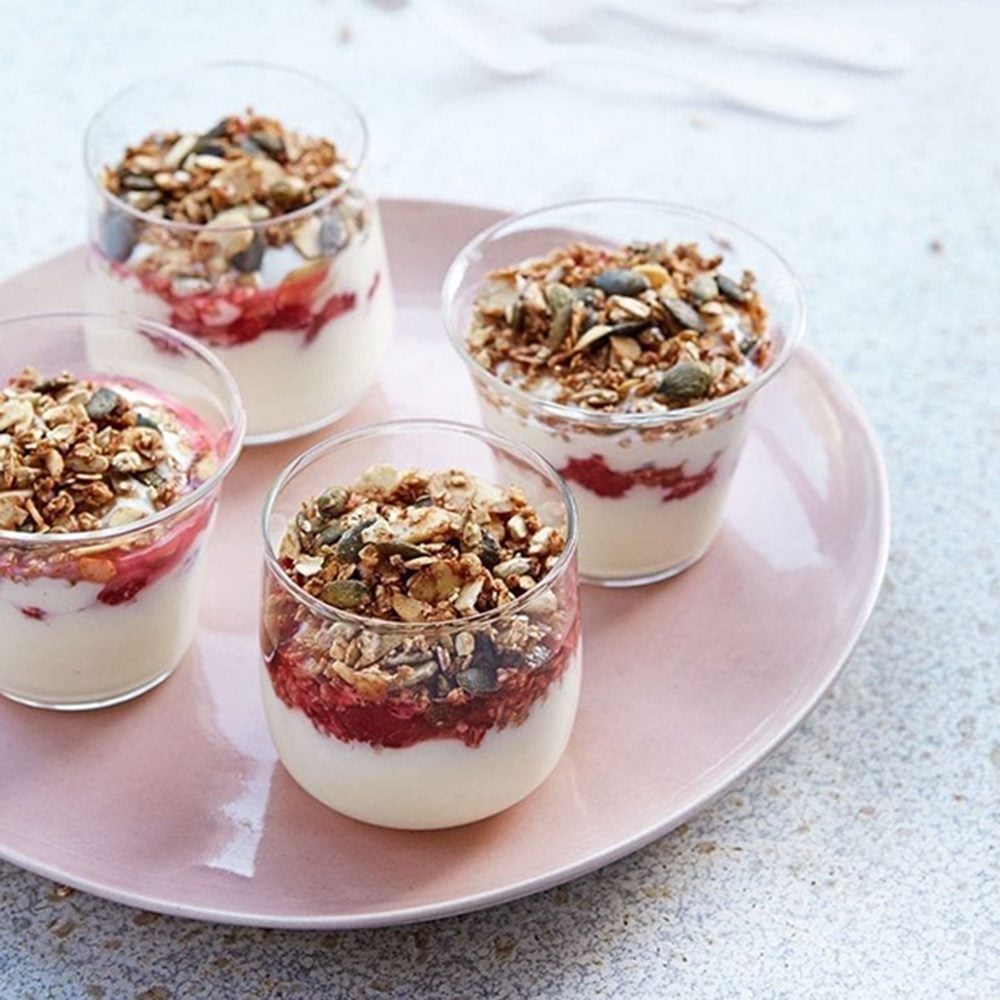
Red lentils
The nutritionist: Dr Duane Mellor, registered dietitian and senior teaching fellow at Aston Medical School
The reason :“They’re versatile, cook quickly and are a cheap way to add protein, fibre and iron to a bolognese, chilli or curry,” says Dr Mellor. “You can reach for a handful to thicken up a sauce, or even use them to make breads like puris, a kind of deep-fried bread.”
Dr Mellor will often eat red lentils alongside mushrooms, another essential item on his shopping list. “Mushrooms can be used in so many ways: roughly chopped to add texture to dishes, through to finely diced and added to onion, celery and garlic to give a meaty flavour to a recipe.”
If mushrooms have been exposed to bursts of sunlight or UV light when growing, they can be a valuable source of vitamin D. They’re also packed with fibre and healthy plant compounds that are thought to support gut health and our immune system.
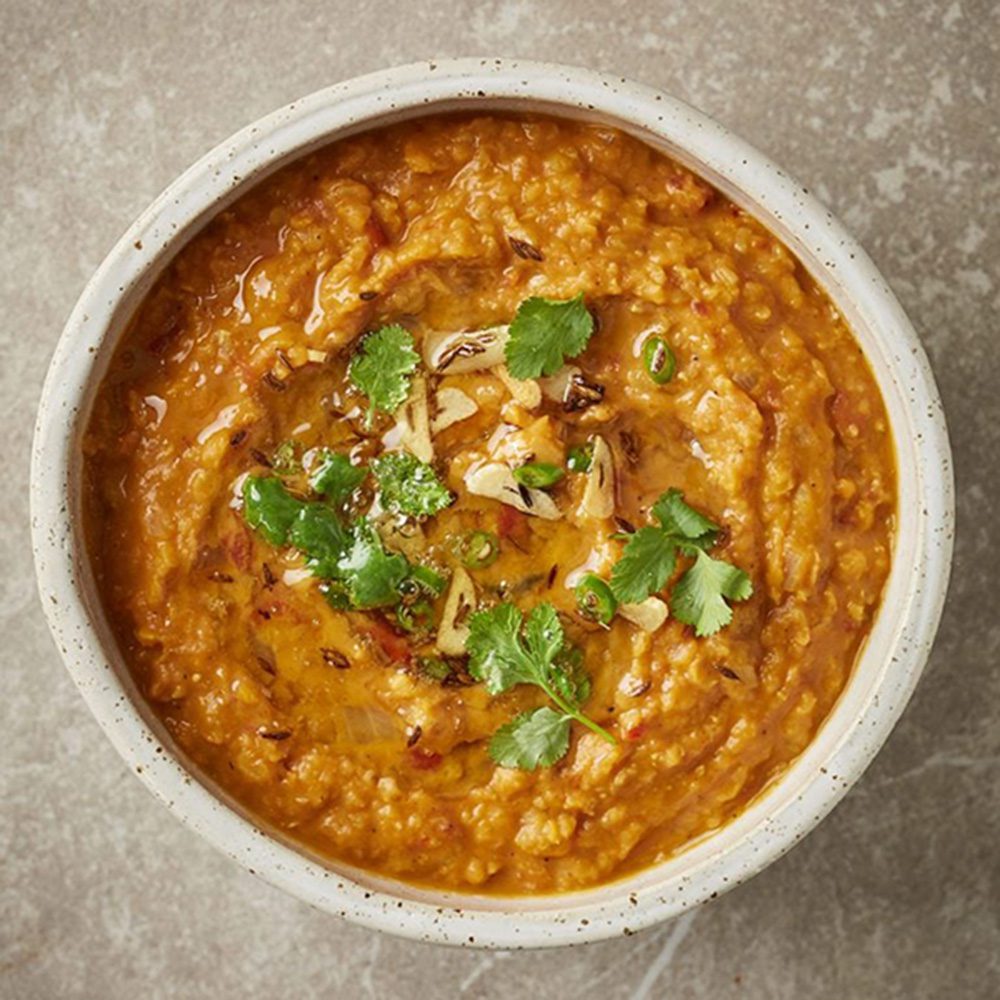
Garlic
The nutritionist: Toral Shah, nutritional scientist and integrative medicine practitioner, specialising in cancer and metabolic health
The reason: Garlic is packed with minerals, including phosphorus, zinc, potassium and magnesium, as well as vitamins C and K, folate, niacin and thiamine. “There are so many nutrients in it, and it makes everything taste good, so I eat it in everything,” Shah says.
Research suggests the benefits of eating lots of garlic are many and varied, from reduced risk of heart disease and dementia to improved blood pressure and the management of breast cancer. It’s also been shown to have antiviral and anti-inflammatory properties.
Shah has a top tip for preparing garlic: “It’s annoying to have to peel and crush it every time, so I do what my mum does – peel a load, then whizz in the food processor. I then pop it in a jar and cover it with a layer of olive oil.” Stored in the fridge, it will last for a few days.”
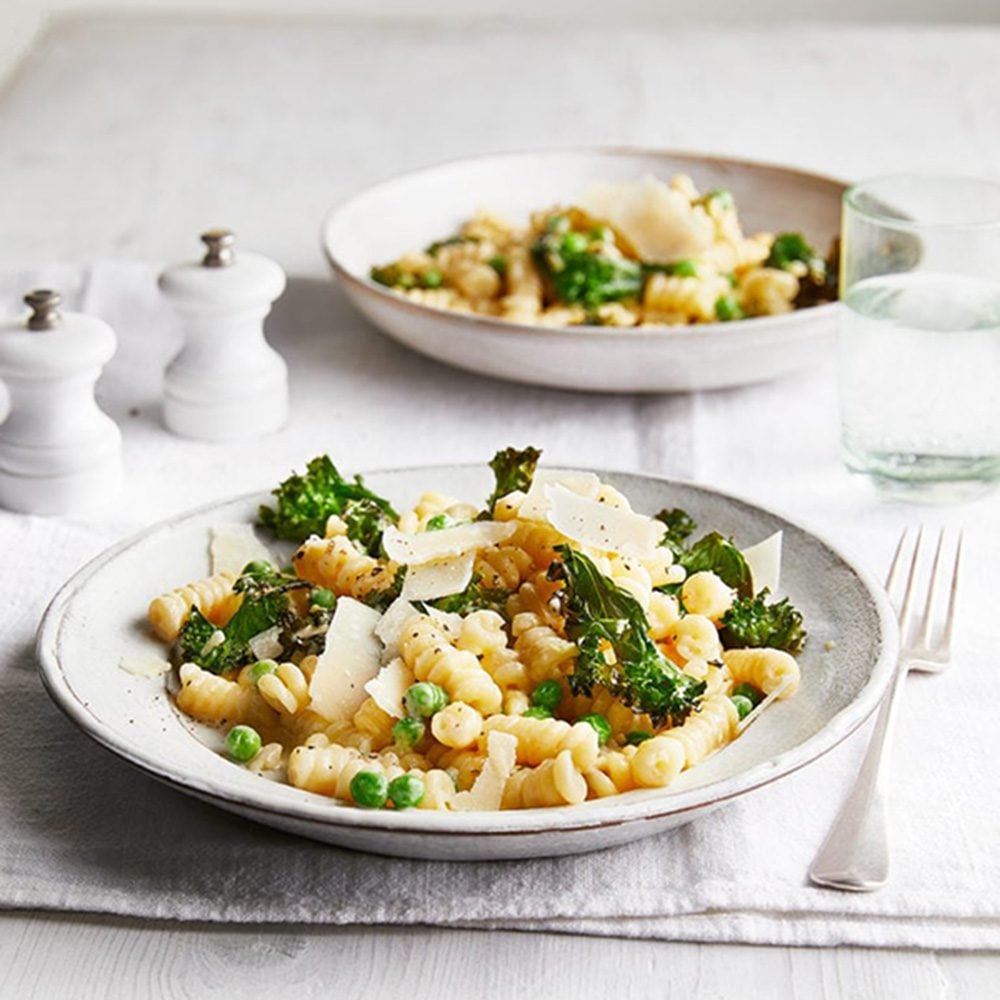
Tinned vegetables and fish
The nutritionist: Zoe Griffiths, registered nutritionist, ZG Nutrition
The reason: Griffiths keeps a stash of tinned veg and fish in the storecupboard in case she doesn’t have time to buy the fresh stuff. “Tinned veg and fish last longer than fresh, are often just as nutritious and can be much cheaper,” she says. “I always have some available. They’re all essential foods that form the basis of a nutritious diet but are also easy to use at the last minute for quick healthy recipes.”
Her tinned staples include tomatoes, chickpeas, lentils and beans, plus vegetables with no added salt including sweetcorn, whole green beans and garden peas. “For tinned fish I go for sardines, mackerel or pilchards,” she says. These contain all-important healthy fats including omega-3s, which are vital for cell function and support a wide array of bodily processes. “Opt for tinned fish in spring water or brine and drain well before using,” she adds.
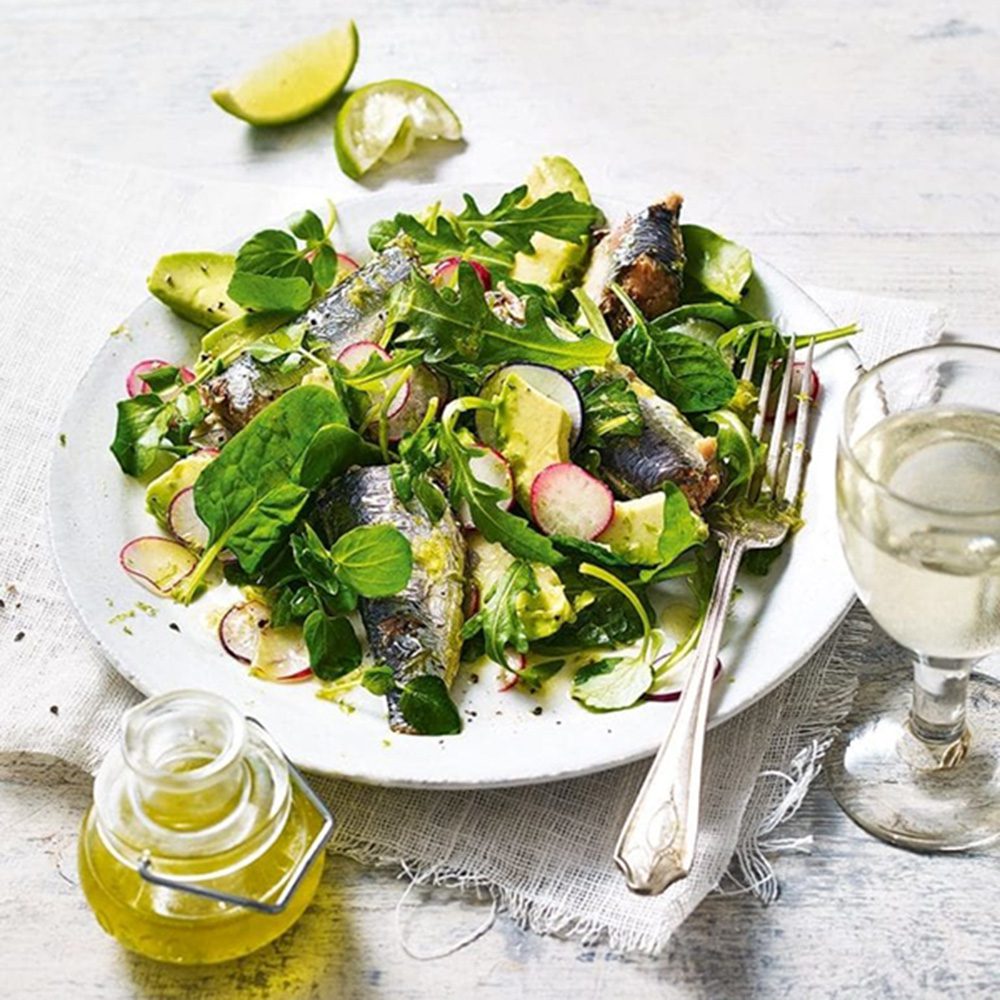
Extra-virgin olive oil
The nutritionist: Dr Camilla Stokholm, NHS GP (@whatyourdoctoreats)
The reason: “It’s my daily medicine,” Dr Stokholm says – “my go-to oil for frying, roasting, dressings or pouring on top of soups, bread and boiled veg. I like it in everything, even in baking.”
Dr Stokholm was converted to a daily dose of olive oil after reading about its heart protective benefits in the famous 2013 PREDIMED study, which found that people at high risk of heart disease reduced their chances of developing it by 30% by eating a Mediterranean diet supplemented with olive oil.
Dr Stokholm shares what she eats, as well as nutrition tips, on Instagram. She hopes to educate people by example about the health benefits of eating well and on a budget, even when pressed for time. As well as avoiding ultra-processed food, Dr Stockholm makes most meals from scratch; that can mean assembling a plate of nutritious snacks like nuts, cheese, eggs and fruit if she doesn’t have the time or energy to prepare a meal – but she never goes without her olive oil.
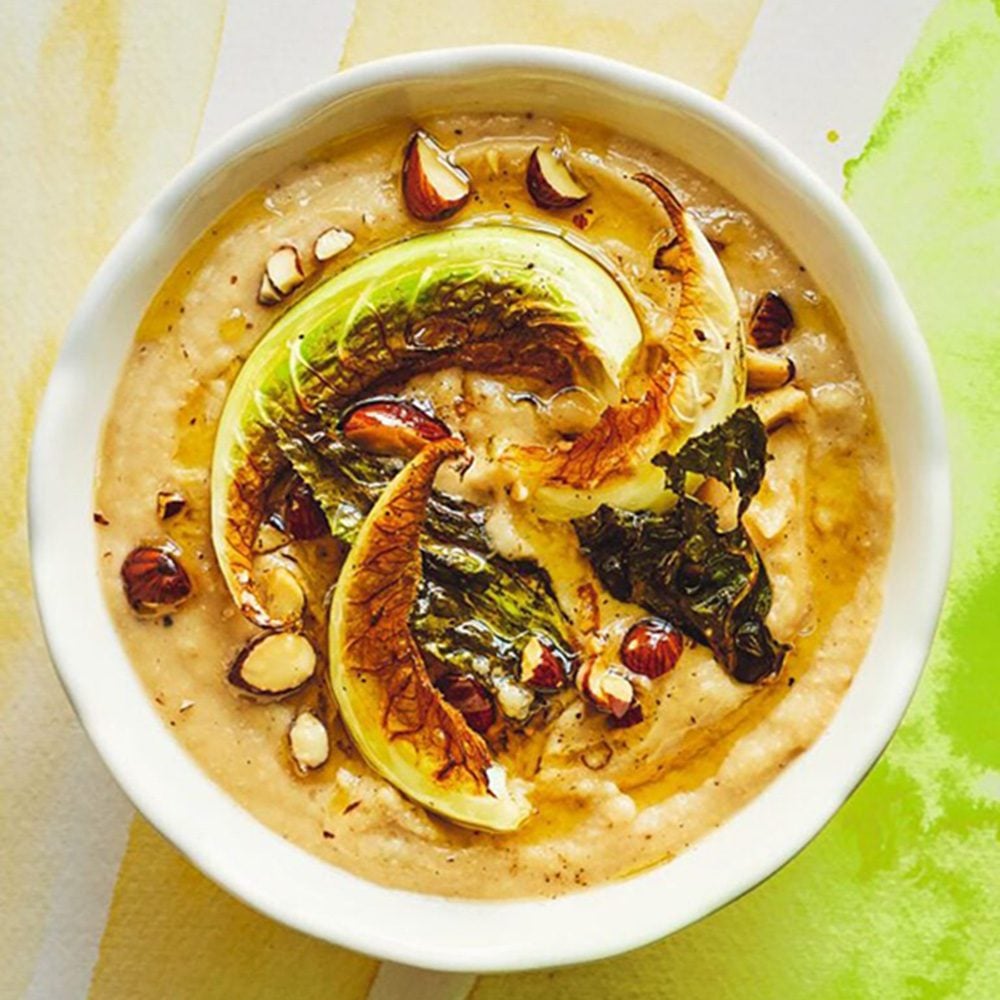
What I typically eat in a day, by nutritionist Zoe Griffiths
Breakfast: 2 Weetabix, plus 2 dessertspoonfuls flaxseed, 1 tbsp chia seeds, a sprinkling of sunflower or pumpkin seeds, plus fruit (usually a banana or a handful of blueberries): “Seeds add fibre and are rich in unsaturated fats, protein, vitamins and minerals,” she says. Zoe is allergic to dairy products, so she uses rice milk fortified with calcium.
Lunch: A sandwich made with 2 slices of wholemeal bread (no spread), a small tin of tuna or salmon, plus salad. “Everyone should try to eat at least two portions of fish each week, including one oily variety such as salmon,” she says. “Fish is a good source of vitamins and minerals, and oily fish is particularly high in omega-3 fatty acids, which can help to keep your heart healthy.”
Supper: Stir-fried vegetables with some protein, such as skinless chicken breast: “Stir-frying is a quick-cooking method that helps retain more nutrients in vegetables than boiling them,” says Zoe. She uses chinese five-spice to season instead of soy sauce to limit her intake of salt, which can cause high blood pressure and increase the risk of heart attack and strokes.
Read more of Sue Quinn’s health features, from advice on how to eat better in 2024 to the pros and cons of breakfast.
Subscribe to our magazine
Food stories, skills and tested recipes, straight to your door... Enjoy 5 issues for just £5 with our special introductory offer.
Subscribe
Unleash your inner chef
Looking for inspiration? Receive the latest recipes with our newsletter
